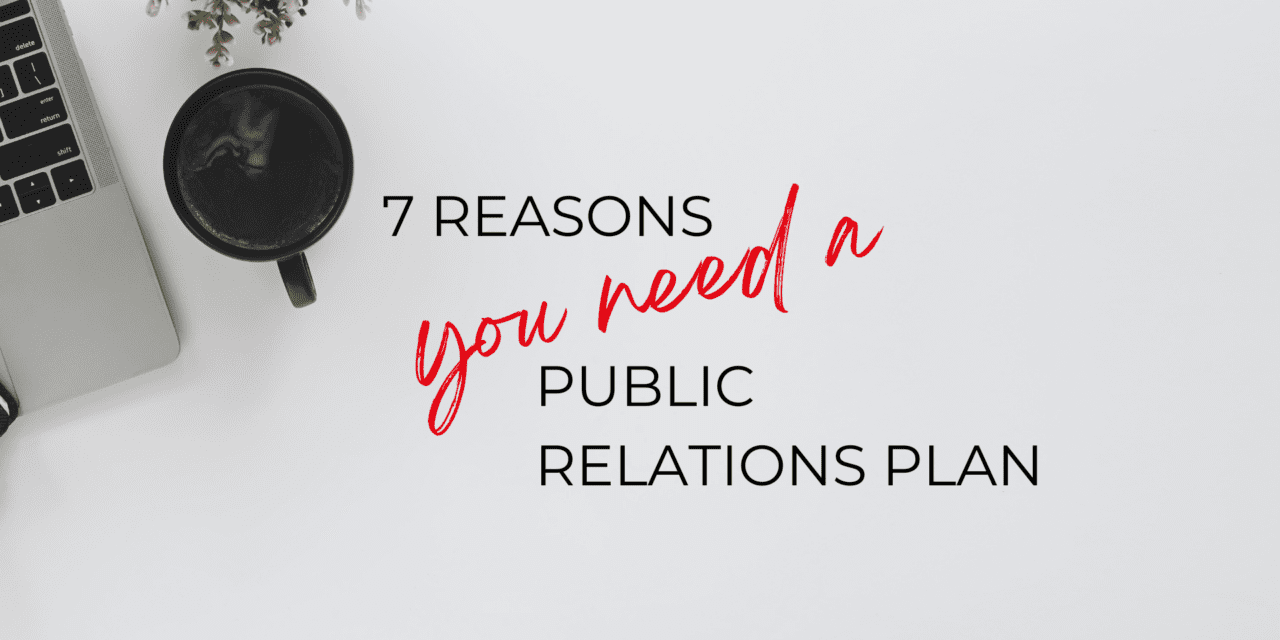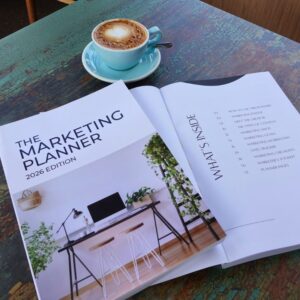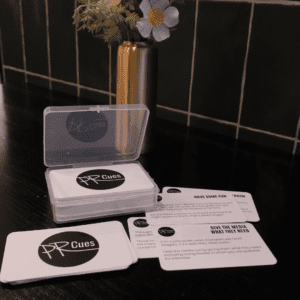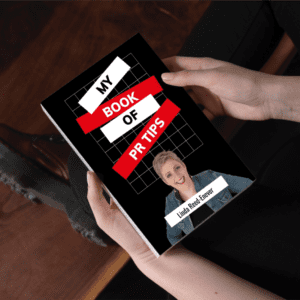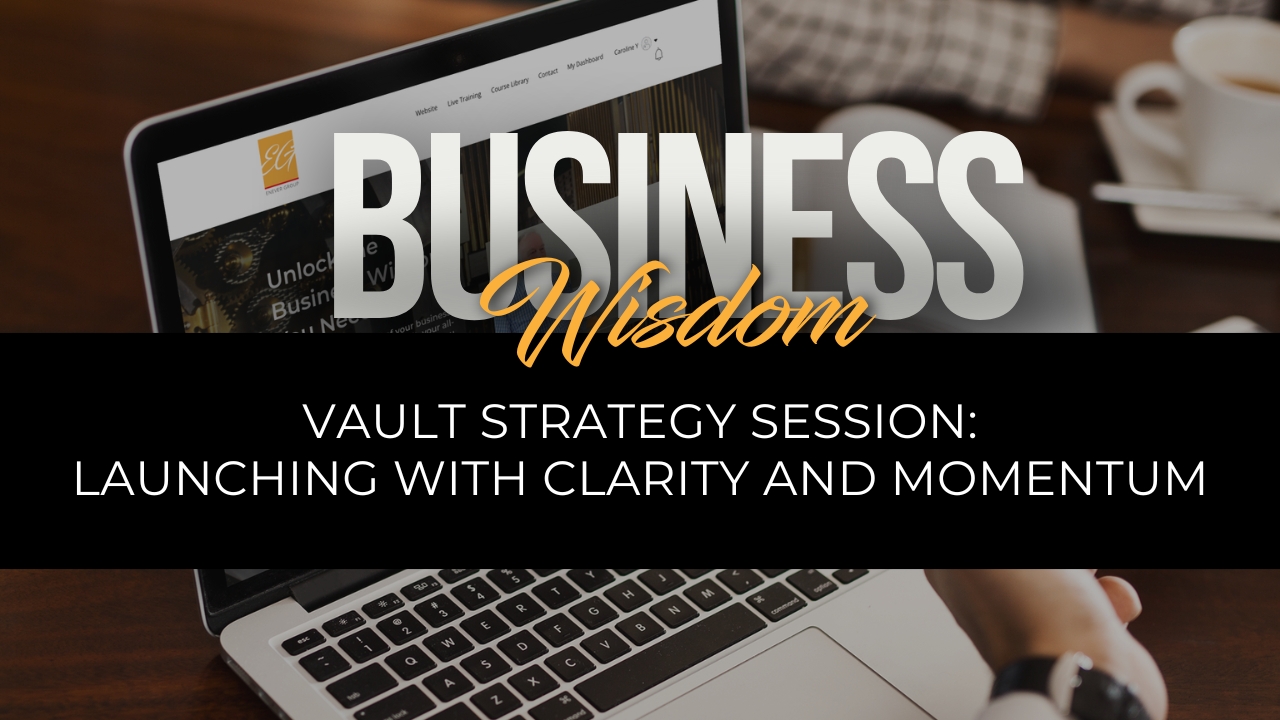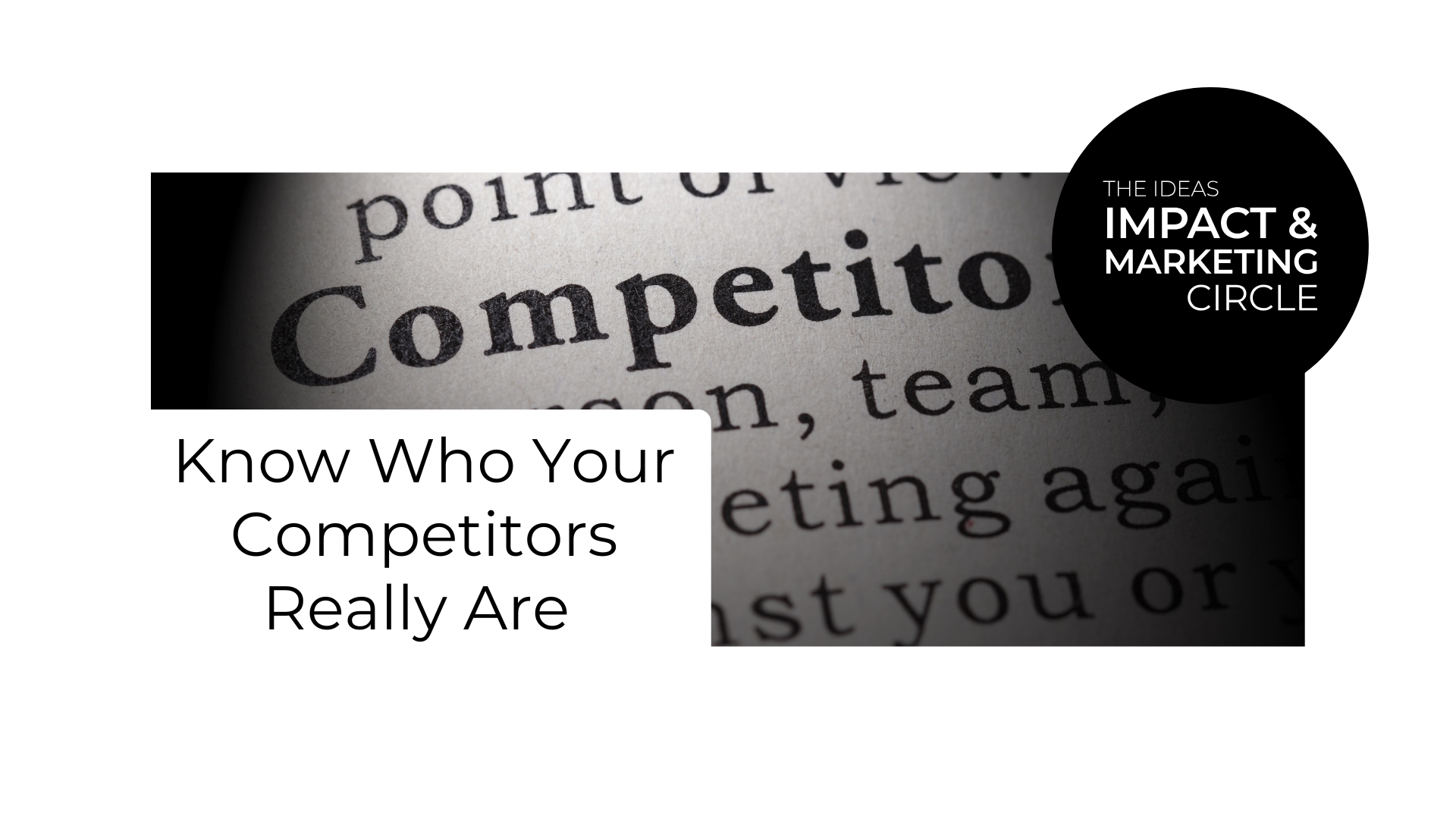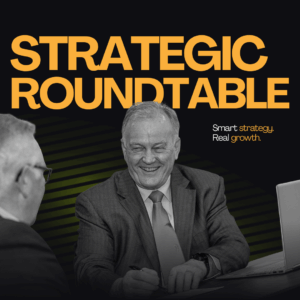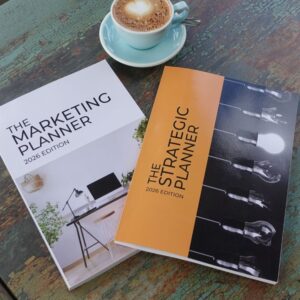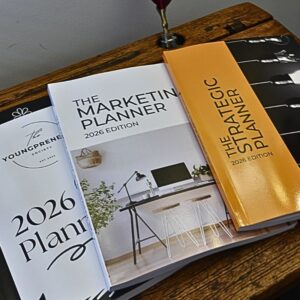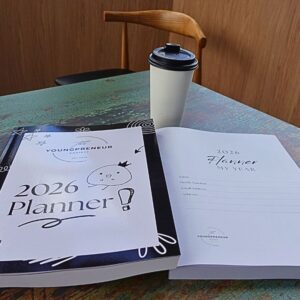Public relations is all about consistency. You need to consistently reach out to the media to have your story told, and you need to consistently identify stories within your business and brand which you can share with the media.
The key to creating that consistency is having a comprehensive PR plan, which looks at the topics you can cover within your business, the key dates when you should release content, and the possible external events you can react to as part of a public relations strategy.
So, let’s look at seven reasons why you need a public relations plan, and how you can create one…
A plan reduces the workload
It’s no secret public relations takes time and energy. When you have a plan for the press releases you will release during the next year or the next six months, you make the creation of that content easier.
You know exactly what compelling story you’ll be releasing when and how that will tie in to the general marketing of your business and brand.
It helps build your profile
As I mentioned earlier, a public relations strategy is all about consistency. When you regularly furnish the media with quality story leads, they get to know, like and trust you.
Ultimately this has the potential to make you the go-to person who springs to mind when a relevant story comes to light.
That means the media might start reaching out to you for relevant stories, and this is the case even if they don’t use all the press releases you provide to them.
It allows you to be organised
Make no mistake PR takes work, you need to come up with an idea, craft a great press release and also provide the other ingredients a media organisation might need such as imagery and audio.
When you have a plan you allow yourself time to get these ingredients right and to release information at a time that suits your business.
It works in with other marketing
Public relations doesn’t happen in isolation of all other brand and business marketing. Often it ties in with a new product launch, a strategic shift, an expansion, or the appointment of a key staff member.
When you plan in advance, you can take full advantage of each of these events, creating press releases, marketing, social media posts and advertising that all work together to raise the profile of a product, person or general brand.
It makes you the authority
When you are regularly seen in the media at important times, you become an authority in a specific space.
The art here lies in providing the media with what they want, answering them in a timely manner and being an expert in your field.
Highly successful public relations isn’t just about you reaching out to the media, it’s about establishing the credibility that sees them reach out to you for your expert knowledge.
It keeps your marketing on message
When you create a plan for your public relations and your marketing, it allows you to stay ‘on message’.
Together all your media assets (including advertising, social media posts, and general marketing) have the same key messages, tell the same compelling story and work to enhance the renown of your brand.
It paces your exposure
Creating a public relations plan that revolves around when you will release information and how you can maximise it with additional marketing allows you to pace your exposure throughout the year or the next six months.
It enables you to remain timely and relevant to your audience, which sees you become the name they recall.
How to create a public relations plan
There’s an art to creating a public relations plan. It involves:
- Defining proactive story ideas that you can release about products or developments in your business
- Finding evergreen content
- Identifying key dates which you can tie into when the time is right
- Providing reactive, yet timely content that responds to announcements which relate to your industry.
Here’s how that’s done…
Proactive PR
Proactive PR relates to the stories that you release regarding key happenings within your business or brand. It might be a significant product being unveiled, the appointment of a key staff member or a major anniversary of your business.
Evergreen PR
Evergreen PR involves the everyday stories which are timeless. These include answers to the frequently asked questions in your business, how-to guides, explainers or behind the scenes insights.
Key dates PR
Using key dates involves defining key moments throughout the year that relate to your business. It could be Valentine’s Day, Mother’s Day, Christmas, or the end of financial year.
Each of these represents an opportunity to create a story that the media might be drawn to about your industry or brand.
Reactive PR
Reactive PR sees you use events beyond your industry and respond to them. Changes in relevant legislation are an example, as is the federal budget.
If these, or other announcements, have an impact on your business, it’s your opportunity to respond.
Tying it together
To tie it together, use a calendar or a tool like our handy marketing planner to note down when your proactive press releases, key date items and reactive stories are likely to occur.
Then intersperse the evergreen stories around them over the course of the coming months or year.
Together, this list of stories allows you to create a campaign timeline and comprehensive PR plan for the period ahead, so you know what’s going out when, can plan other marketing around it and ensure you are ready for every available media opportunity.
If you’re looking for more great tips and PR inspiration, you can find all that and more in our new PR Cues card deck.

